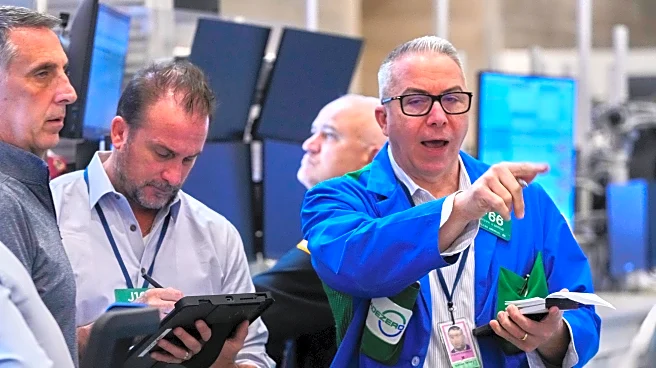What's Happening?
Inflation in the U.S. rose to 3% in September, up from 2.9% in August, according to the Labor Department's Consumer Price Index. The monthly increase was 0.3%, driven by higher gasoline and energy prices.
Core inflation, excluding food and energy, also rose by 0.2%. The report comes as the Federal Reserve considers further interest rate cuts, with the next decision expected soon. The inflation data is crucial for calculating the Social Security cost-of-living adjustment (COLA), which has been set at 2.8% for 2026, higher than the previous year's 2.5%. The ongoing government shutdown has delayed other economic data releases, adding uncertainty to the Fed's decision-making process.
Why It's Important?
The rise in inflation has significant implications for monetary policy and social welfare programs. The Federal Reserve's decision on interest rates will impact borrowing costs, consumer spending, and overall economic growth. A rate cut could stimulate the economy but also risks further inflation. The Social Security COLA adjustment affects millions of Americans, particularly retirees who depend on these benefits. The inflation data provides a critical benchmark for these adjustments, ensuring that benefits keep pace with rising living costs. The government shutdown complicates the economic outlook by limiting data availability, which is essential for informed policy decisions.
What's Next?
The Federal Reserve is expected to announce its interest rate decision soon, with markets anticipating potential cuts in October and December. The decision will be influenced by the latest inflation data and the broader economic context, including the impact of the government shutdown. Policymakers will need to balance the goals of controlling inflation and supporting economic growth. The ongoing shutdown may also affect future data releases, creating challenges for economic planning and forecasting.












